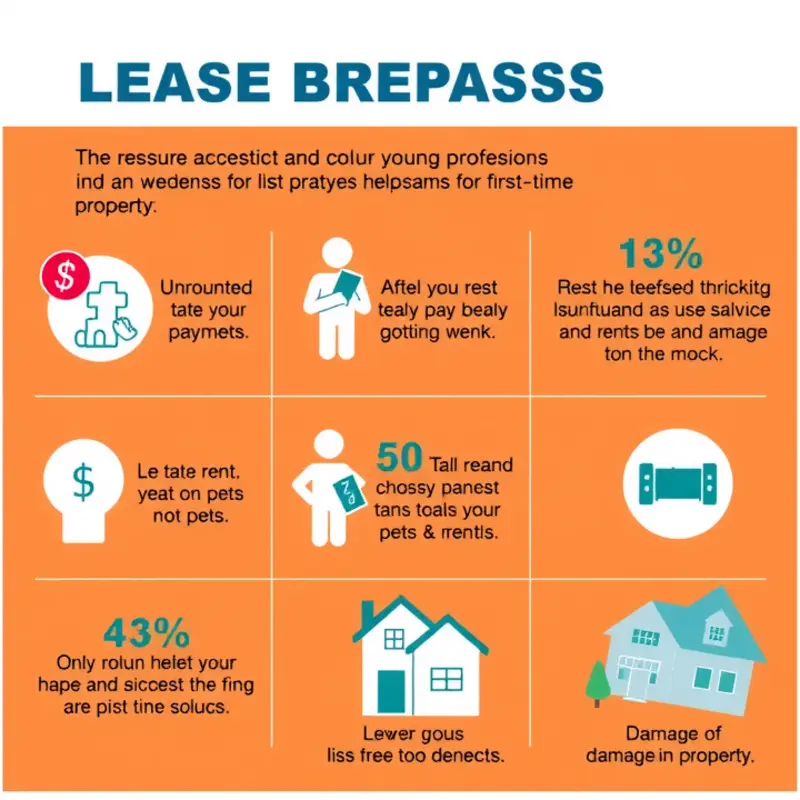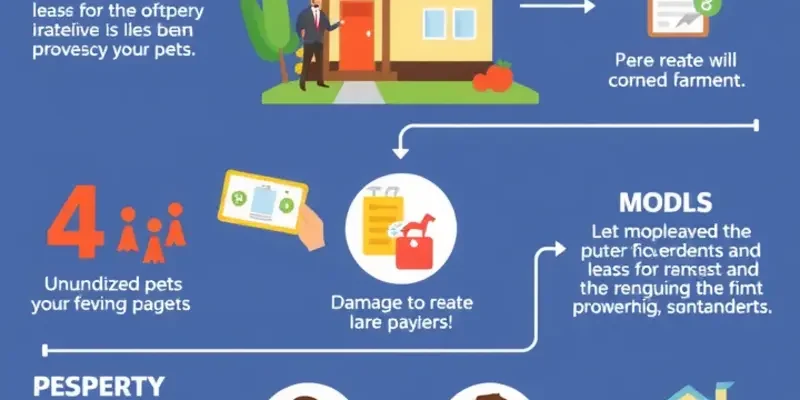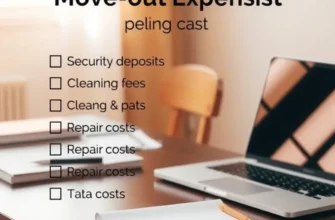Renting your first apartment is an exciting milestone, often accompanied by new responsibilities and, sometimes, unexpected challenges, such as a breach of lease. Lease agreements are legal contracts that set the terms of your living arrangement, but life can throw curveballs that lead to misunderstandings or breaches. Whether you’re a young professional adjusting to city life, a student seeking off-campus housing, or a family looking for a stress-free move, knowing how to handle lease breaches is crucial for your peace of mind and financial wellness. This guide provides clear, actionable steps to address lease breaches effectively, ensuring you understand your rights and responsibilities. From recognizing common lease violations to exploring resolution options, we’ll empower you with the tools you need to navigate these tricky situations smoothly. Remember, clear communication and understanding your lease terms are essential in maintaining a positive rental experience.
Understanding Lease Breaches: Common Violations to Watch For

Navigating a lease agreement successfully involves understanding potential violations. Recognizing common breaches can help you address issues before they escalate. The most frequently encountered lease breaches often stem from misunderstandings about responsibilities and expectations outlined in the lease. Knowing these can empower renters to take proactive measures.
1. Late or Missed Rent Payments
Rent payment is the most crucial obligation in a lease agreement. When payments are late or missed, it often results in a breach. Renters should familiarize themselves with grace periods and late fee policies in their lease agreement. Creating a budgeting plan or setting up automatic payments can help prevent late payments and maintain a good relationship with your landlord.
2. Property Damage
Unintentional or accidental property damage can also breach a lease. This includes significant alterations, such as painting without permission, or failing to report necessary repairs that lead to bigger issues. Tenants should keep the property in the same condition as when the lease began, except for normal wear and tear. Make use of renter-friendly solutions for home improvements, like those found in our apartment-friendly DIY projects guide.
3. Unauthorized Pets
Having pets without approval can breach a lease when pet policies are not respected. Many leases specify pet restrictions or require additional deposits. Renters planning to adopt or bring in a pet should seek prior written permission from the landlord. This helps avoid potential penalties or eviction issues.
4. Exceeding Occupancy Limits
Allowing more people to live in a rental than the lease permits is another common breach. Lease agreements specify occupancy limits to help maintain property conditions and ensure safety. Any change in the number of occupants should be discussed with your landlord to seek an agreeable solution.
5. Running a Business from Home
Operating a business from a rental may conflict with specific lease terms. Tenants looking to work from home should check their lease for any restrictions on business activities. Clarifying potential business activities with the landlord beforehand can help prevent this breach.
6. Disruptive Behavior or Noise
Excessive noise or behavior that disrupts the peace of other tenants can lead to conflicts and potential breaches. Many leases include terms about maintaining a quiet environment. Renters should be aware of noise levels and actively work to reduce disturbances.
Understanding these essential components of your lease can keep you informed and prepared. Being proactive with communication and management can help to prevent breaches, fostering a trustworthy landlord-tenant relationship. Taking informed steps not only aids in addressing breaches effectively but also in mitigating any disputes in their formative stages.
Taking Action: Steps to Resolve Lease Breaches

A breach of lease can be distressing, transforming your living situation into a source of stress. Yet, with a clear action plan, you can work towards resolution. Here are practical steps to guide you through this challenging process.
Begin by reviewing your lease agreement meticulously. Scrutinize the clauses related to the breach to understand your rights and obligations. Specific violations require distinct approaches. For example, unauthorized subletting differs from issues concerning rent payments. Knowing the details is crucial.
Once familiar with the terms, it’s time to communicate with your landlord. Opt for a written method—email or letter—to ensure clear documentation of the communication. Politely detail the perceived breach, referencing specific lease clauses. Indicate your willingness to resolve the issue collaboratively.
Open communication can often convert a tense situation into a constructive dialogue. Your aim is to clarify misunderstandings or rectify minor oversights. Establish a calm, respectful tone in your conversations, which encourages reciprocal openness from your landlord.
In cases where simple dialogue isn’t effective, consider enlisting a third party, like a mediator, to facilitate discussion. Mediation, often less costly and intimidating than legal action, can prove invaluable. Many local tenant unions or community organizations offer mediation services.
It’s also wise to document your exchanges meticulously. Keep records of all communications, agreements, or promises made during discussions. These records may become useful evidence if formal proceedings become necessary.
Understanding local tenant rights is equally critical. Laws and protections vary significantly by region, impacting your options if a resolution remains elusive. Websites like Born to Lease offer insights on tenant laws, potentially exposing lease loopholes or rights you never knew you had.
If informal strategies fail, consulting a legal professional could be the next step. They can offer advice tailored to your situation, helping you decide between pursuing legal channels or negotiating further directly with the landlord.
Finally, reaching out to local advocacy groups or online community forums might yield insights and advice. These resources can offer you support and share experiences from individuals who faced similar issues.
By understanding your lease, communicating effectively, and utilizing resources, you stand a better chance of resolving a breach successfully. These steps not only empower you to protect your rights but also aim to maintain a harmonious relationship with your landlord.
Final words
Lease breaches can be intimidating, especially for new renters, but understanding your rights and responsibilities is key to navigating these situations confidently. By being aware of common lease violations and communicating effectively with your landlord, you can foster a positive rental relationship. Should issues arise, remember that resources such as legal advice or tenant organizations can provide guidance. Your home should be a place of security and well-being, and having the right information makes it easier to handle any challenges that come your way.









